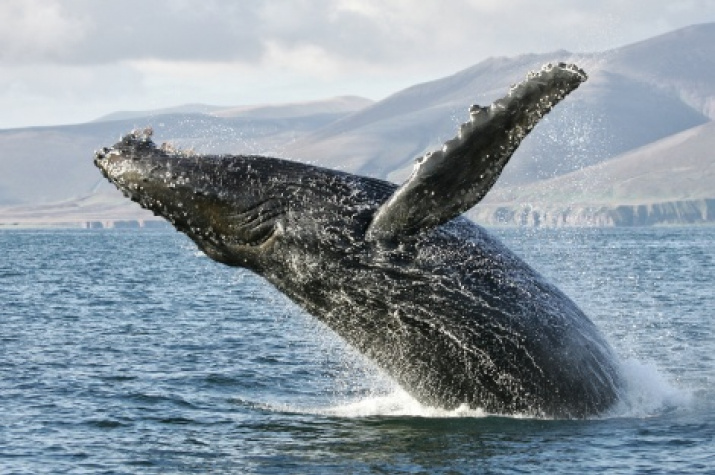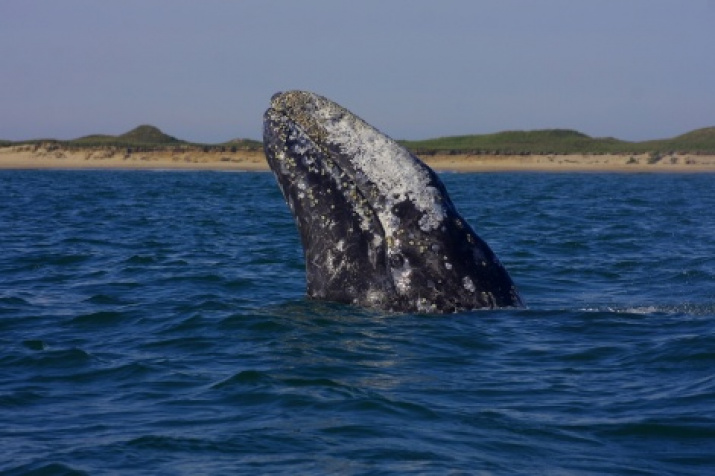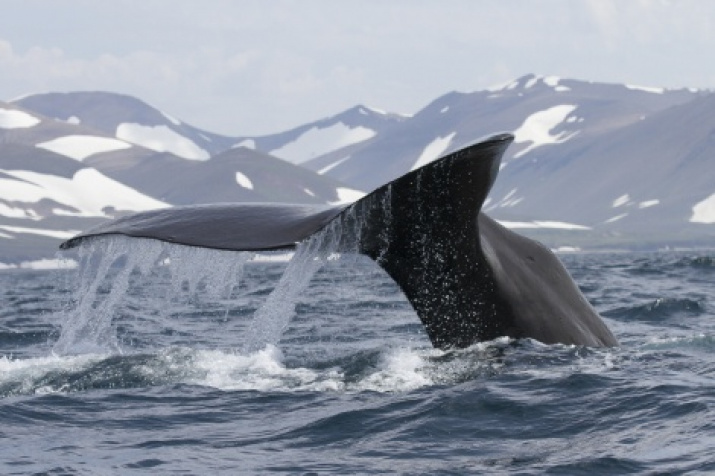The 19th of February is an International Day of protection of marine mammals or Day of the whale. This holiday was established in 1986, when the moratorium on whaling, adopted by the International Whaling Commission (IWC), entered into force. This meant that whaling and trade in their flesh are now banned all over the world.
Currently, within the water areas of the International Whaling Commission member countries the extraction of the largest mammal is allowed only to meet the needs of the indigenous population. The decision also does not apply to scientists who received special permission from the commission.
Day of the whale provides an opportunity to draw the attention of the public and authorities to the problem of the disappearance of sea giants, which at the moment there are only 119 species in the world. In Russia, for protection of cetaceans, a special nature conservation regime has been introduced in the reserves and national parks.
For example, in the Kronotsky Reserve and the South Kamchatka Federal Wildlife Sanctuary, there dwell more than 20 species of marine mammals. Some of them are listed in the Red Book of Russia. They are gray whales, sea lions, sea otters, anthuras and others. In the coastal waters of the Commander Islands, 21 species of cetaceans are recorded, of which 11 are on the verge of extinction.
The Russian Geographical Society takes an active part in the protection of these mammals. So, with the grant support of the Society, a group of scientists headed by a Doctor of Biological Sciences, Senior Researcher of the Kamchatka Branch of the Pacific Institute of Geography of the Far Eastern Branch of the Russian Academy of Sciences Alexandra Burdina conducted a number of unique studies of large baleen whales.
The purpose of the work was to identify and describe the critical habitats of rare species of whales - humpback, gray, finale, Japanese smooth and other - in the water area of the western Bering Sea (eastern coast of Kamchatka) and the Commander Islands.
Critical habitats – are those whale habitats that may be at risk from various factors: fishing, oil production and other.
Unfortunately, despite legislative prohibitions and the activity of conservationists and special organizations, extermination of mammals continues. Meanwhile, cetaceans are indicators of the state of marine systems, they are an important link in the supply chain of the World Ocean.
We suggest you get acquainted with a selection of interesting facts about these amazing creatures and to get to know, how much does the baby whale weigh, does the dolphin being considered a person and what actually a horn of narwhal is.



